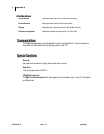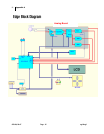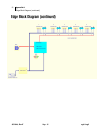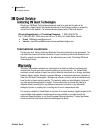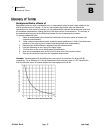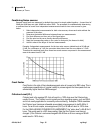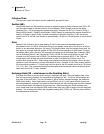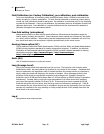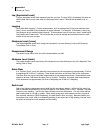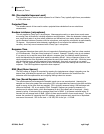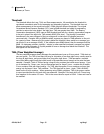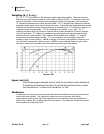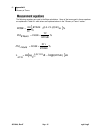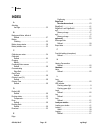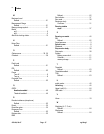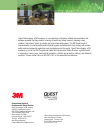
63 Appendix B
Glossary of Terms
053-644, Rev E Page 63 eg4 & eg3
Threshold
The threshold affects the Lavg, TWA, and Dose measurements. All sound below the threshold is
considered nonexistent noise for the averaging and integrating functions. The threshold does not
affect measurements in the sound level mode. OSHA uses two different thresholds. The original
Occupational Noise Exposure Standard (1971) used a 90dB threshold and called for engineering
controls to reduce the noise levels if the eight-hour TWA was greater than 90dB. The Hearing
Conservation Amendment (1983) uses an 80dB threshold and calls for a hearing conservation program
to be put in place if the eight-hour TWA exceeds 85dB (50% dose). The Hearing Conservation
Amendment is the more stringent of the two rulings and is what most US industrial users are
concerned with. Example: With an 80dB threshold, suppose you placed a 79dB calibrator on the unit
for a period of time. Because all of the noise is below the threshold, there would be no average (you
can think of it as an average of 0dB). If the calibrator were 80dB instead, then the average would be
80dB. On histogram printouts, typically 1 minute (or other specified increment) averages are printed.
Because real noise fluctuates, it is quite possible to have an average level below the threshold. This
also applies for the overall Lavg.
TWA (Time Weighted Average)
The time weighted average always averages the sampled sound over an 8-hour period. TWA starts at
zero and grows. The TWA is less than the Lavg for a duration of less than eight hours, exactly equal to
the Lavg at eight hours, and grows higher than Lavg after eight hours. TWA represents a constant
sound level lasting eight hours that would result in the equivalent sound energy as the noise that was
sampled. Example: Think of TWA as having a large 8-hour container that stores sound energy. If you
run a dosimeter for 2 hours, your Lavg is the average level for those 2 hours - consider this a smaller
2-hour container filled with sound energy. For TWA, take the smaller 2-hour container and pour that
energy into the larger 8 hour TWA container. The TWA level will be lower. Again, TWA is ALWAYS
based on the 8-hour container. When measuring using OSHA’s guidelines, TWA is the proper number
to report provided that the full work shift was measured. Example: If the work shift is 6.5 hours long,
then measure for the entire 6.5 hours. TWA is the correct level to report to OSHA. It does not have to
be modified.



